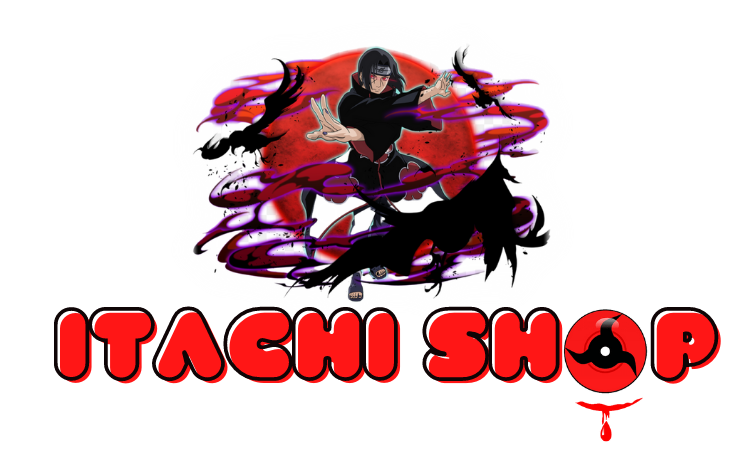Hideaki Anno’s “Neon Genesis Evangelion” is renowned not only for its intricate narrative and philosophical depth but also for its striking visual style. From the enigmatic opening sequence to the intense mecha battles and intimate character moments, every frame of Evangelion is meticulously crafted to convey meaning and evoke emotion. In this analysis, we delve into Hideaki Anno’s directing style and the visual language of Evangelion, exploring how it contributes to the series’ impact and enduring legacy.
One of the most distinctive aspects of Evangelion’s visual language is its use of symbolism and metaphor. Anno employs a wide array of visual motifs to convey complex ideas and emotions subtly. From the recurring imagery of crosses and religious iconography to the use of color and composition, every visual element in Evangelion serves a purpose beyond mere aesthetics. For example, the frequent juxtaposition of serene landscapes with scenes of destruction highlights the series’ themes of beauty and brutality, while the use of abstract imagery during moments of psychological turmoil reflects the inner struggles of the characters.
Anno’s directing style is also characterized by his innovative use of animation techniques. Evangelion incorporates a mix of traditional hand-drawn animation, computer-generated imagery, and live-action footage, creating a visually dynamic and immersive experience. The fluidity of the animation during the intense mecha battles contrasts with the more static and introspective moments, adding to the emotional impact of each scene. Additionally, Anno’s willingness to experiment with different visual styles and techniques lends Evangelion a sense of unpredictability and creativity that sets it apart from other anime of its time.
Furthermore, Evangelion’s visual language extends beyond the confines of the screen into the realm of merchandise and promotional materials. The series has spawned a vast array of official merchandise, including action figures, clothing, and collectibles, all of which reflect Anno’s distinctive artistic vision. Whether it’s the iconic designs of the EVA units or the evocative artwork featured on posters and t-shirts, Evangelion merchandise captures the essence of the series’ visual style and serves as a tangible expression of its enduring appeal.
However, Evangelion’s visual language is not just about aesthetics; it also plays a crucial role in storytelling and character development. Anno employs visual cues and symbolism to convey the inner thoughts and emotions of the characters, often without the need for dialogue. For example, subtle changes in facial expressions or body language can speak volumes about a character’s state of mind, allowing viewers to form a deeper connection with them. Similarly, the use of recurring visual motifs, such as the red sea or the moonlit skyline, helps to reinforce key themes and motifs throughout the series, creating a sense of coherence and continuity.
In conclusion, Hideaki Anno’s directing style is integral to the success of Evangelion as both a visual masterpiece and a thought-provoking narrative. Through his innovative use of symbolism, animation techniques, and visual storytelling, Anno creates a rich and immersive world that continues to captivate audiences decades after its initial release. And while Evangelion official merchandise may offer fans a tangible way to connect with their favorite characters and moments, it is ultimately Anno’s unparalleled artistic vision that remains the series’ most enduring legacy.
